The Central Bureau of Southern Vietnam, the headquarters of the revolution in Southern Vietnam today, is a red address for the young generation.
Opening of the Dong Khoi movement in the South
64 years ago, on January 26, 1960, the attack to destroy the enemy at Tua Hai by the armed forces of the Southeast region took place and achieved great victory. The victory of Tua Hai was the pride of the Party Committee, army and people of Tay Ninh ; the army and people simultaneously rose up to attack, dismantled more than 50% of the enemy's posts and posts, completely liberated 24 communes, basically liberated 19 communes out of a total of 49 communes of the province, destroyed and disintegrated most of the commune and hamlet militia and over 70% of the security and militia forces.
Along with the uprising in Mo Cay ( Ben Tre ), the battle of Tua Hai (Tay Ninh) was the signal trumpet for a general uprising movement throughout the South.
Create conditions for the formation of local armed units, thereby providing troops for the main force of the province and the Region; at the same time, expand the liberated areas, restore Party bases, and bring the Southern revolution through the most serious test, from retreat and preserving forces to attacking the enemy to gain victory.
Also in 1960, on December 20, the National Liberation Front of South Vietnam was officially born in Tan Lap commune, Chau Thanh district (now Tan Bien district), gathering and uniting the people to enter the resistance war against American invaders.
Battalion 7 pursued the enemy on the top of Ba Den Mountain on January 7, 1975 (source: Tay Ninh Provincial Party Committee)
In the spring of 1975, in Tay Ninh, under the leadership of the Party, the people rose up in revolt to liberate the South. With an extremely enthusiastic atmosphere, within just 20 days (from April 4 to 24, 1975), over 3,000 young and middle-aged people volunteered to join the armed forces. The people wholeheartedly supported the army, organized a welcome, arranged protection for the army's base, and were ready to create all conditions for the army to win.
At 5:00 p.m. on April 26, 1975, the Ho Chi Minh campaign began. After the districts of Go Dau, Trang Bang, Duong Minh Chau, and Chau Thanh were basically liberated on April 29, 1975, at Tay Ninh Town, at 10:30 a.m. on April 30, Provincial Governor Bui Duc Tai announced the surrender and ordered localities in the province to lay down their weapons and surrender to the revolutionary army. At exactly 11:00 a.m. on April 30, 1975, Tay Ninh Town was completely liberated; the town was completely taken over, and the center of the Holy See was completely protected.
While the armed forces were attacking and liberating the town, workers and employees of the power plants, water plants, hospitals, post offices, etc. protected all machinery and other assets on the spot. Thanks to that, when Tay Ninh town was liberated, all public service facilities were operating normally. This was also a great victory of the campaign, a good result of the combination of armed attacks and uprisings of the local masses.
The liberation flag flies on top of Ba Den Mountain on January 7, 1975 (source: Tay Ninh Provincial Party Committee)
Blood stains the homeland
With the combined strength being highly promoted, the final strategic battle of the Tay Ninh army and people to liberate the homeland under the leadership of the Party, directly led by the Provincial Party Executive Committee, was completed excellently.
Tay Ninh thoroughly grasped the Central's instructions, minimized bloodshed and protected the integrity of the Holy Temple, Long Hoa Market and other important works, self-reliantly liberated the province, neutralized the puppet army stationed in the area, contributed to creating conditions for the main force to liberate Saigon, successfully ending the 21-year long resistance war against the US to save the country.
During those long years of resistance, thousands of Tay Ninh people in particular and the Vietnamese people in general fell, or left a part of their blood and bones in the motherland, bringing peace, independence and unity to the country. How many sacrifices, hardships, and glorious victories of the army and people of the whole country have become legends associated with the names of places and people.
The joy of the day the South was completely liberated and the country was unified was not long in coming, and the wounds of war had not yet healed when the situation on the Vietnam - Cambodia border arose with complicated developments.
From May to December 1975, the Pol Pot - Ieng Sary group caused 17 armed conflicts across the Tay Ninh border at Lo Go, Ta Nong, and Chang Riec. On the night of September 24 to 25, 1977, the Pol Pot reactionary group mobilized a large army force to simultaneously attack several areas in the two districts of Ben Cau and Tan Bien and spread to almost all 18 communes in the four border districts of Tay Ninh. They burned, robbed, and brutally massacred the people of Tay Ninh, causing serious damage to people and property.
Monument of evidence of the crimes of the Pol Pot-Ieng Sary Group in Tan Lap commune, Tan Bien district, where 11 teachers were massacred (Dai Duong photo)
In just one night, in Tan Lap commune of Tan Bien district, 592 people were killed; among them, 11 teachers of an elementary school were murdered, 22 others were tied together and burned to death in a pagoda, and 20 families were killed, leaving no one behind.
In Ben Cau district, 230 people were brutally massacred; in Chau Thanh, 87 people were killed. Not only attacking and massacring our people in the border area, Pol Pot's army also used long-range artillery to fire at densely populated areas with the intention of clearing the way for infantry to penetrate deep into Tay Ninh town.
Faced with Pol Pot's brutal actions, along with the entire country, the Tay Ninh army and people were forced to fight to protect the sacred southwestern border sovereignty of the Fatherland. On January 7, 1979, the Tay Ninh armed forces, together with Military Region 7 and the Army Corps of the Ministry, coordinated with the Cambodian armed forces to completely overthrow the Pol Pot genocidal regime.
Thousands of children of Tay Ninh, of the Vietnamese people, fell for the independence and freedom of the nation.
To achieve these great victories, the Tay Ninh army and people had to suffer great losses. 3,456 officers and soldiers were killed and wounded, 1,216 people were killed by Pol Pot, 800 houses were burned down, and many communes and hamlets were severely destroyed.
With the spirit of sharing food, clothes, helping each other in times of trouble, considering "true Cambodians as friends", from September 1977 to December 1978, Tay Ninh took care of and solved the needs of food, accommodation, clothing, and medical treatment for nearly 30,000 Cambodian refugees.
Member of the Politburo, Secretary of the Party Central Committee, Head of the Central Propaganda Department Nguyen Trong Nghia offered incense at Hill 82 Cemetery on the occasion of War Invalids and Martyrs Day.
After the border returned to peace, the Pol Pot genocidal regime was overthrown. With the spirit of helping friends is also helping oneself, for the sake of the nation's mission and international obligations, together with other provinces and forces, Tay Ninh sent many expert delegations and supported many human resources and material assets to help friends, directly Kampong Cham province, rebuild the government, eliminate reactionary remnants, reorganize production, develop the socio-economy, and stabilize people's lives.
Vu Nguyet
(to be continued)
Source: https://baotayninh.vn/ky-1-tu-tua-hai-dong-khoi-den-giai-phong-tay-ninh-a176226.html


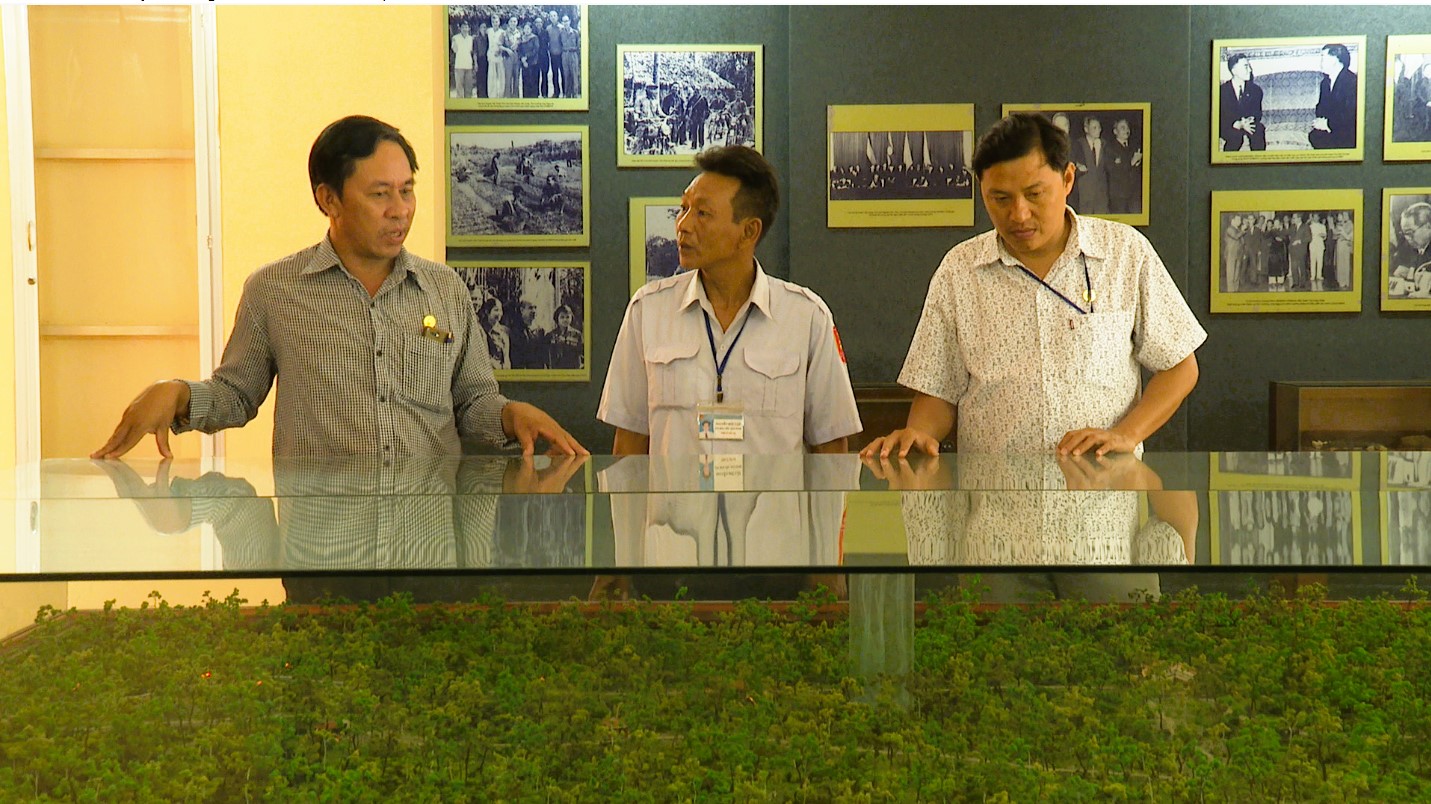
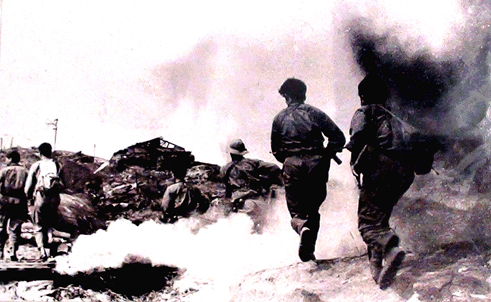
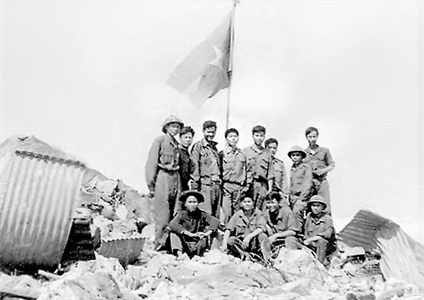
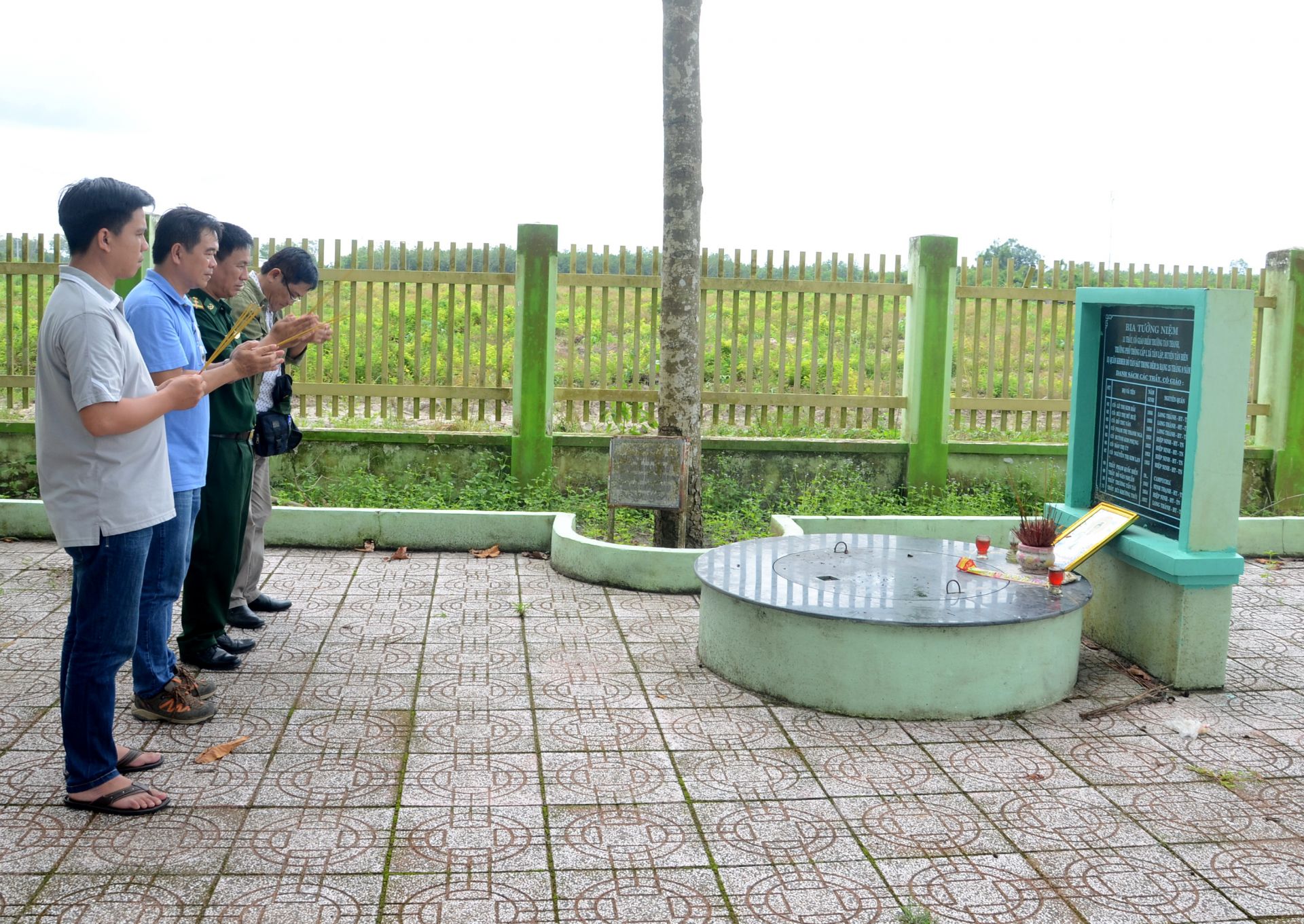
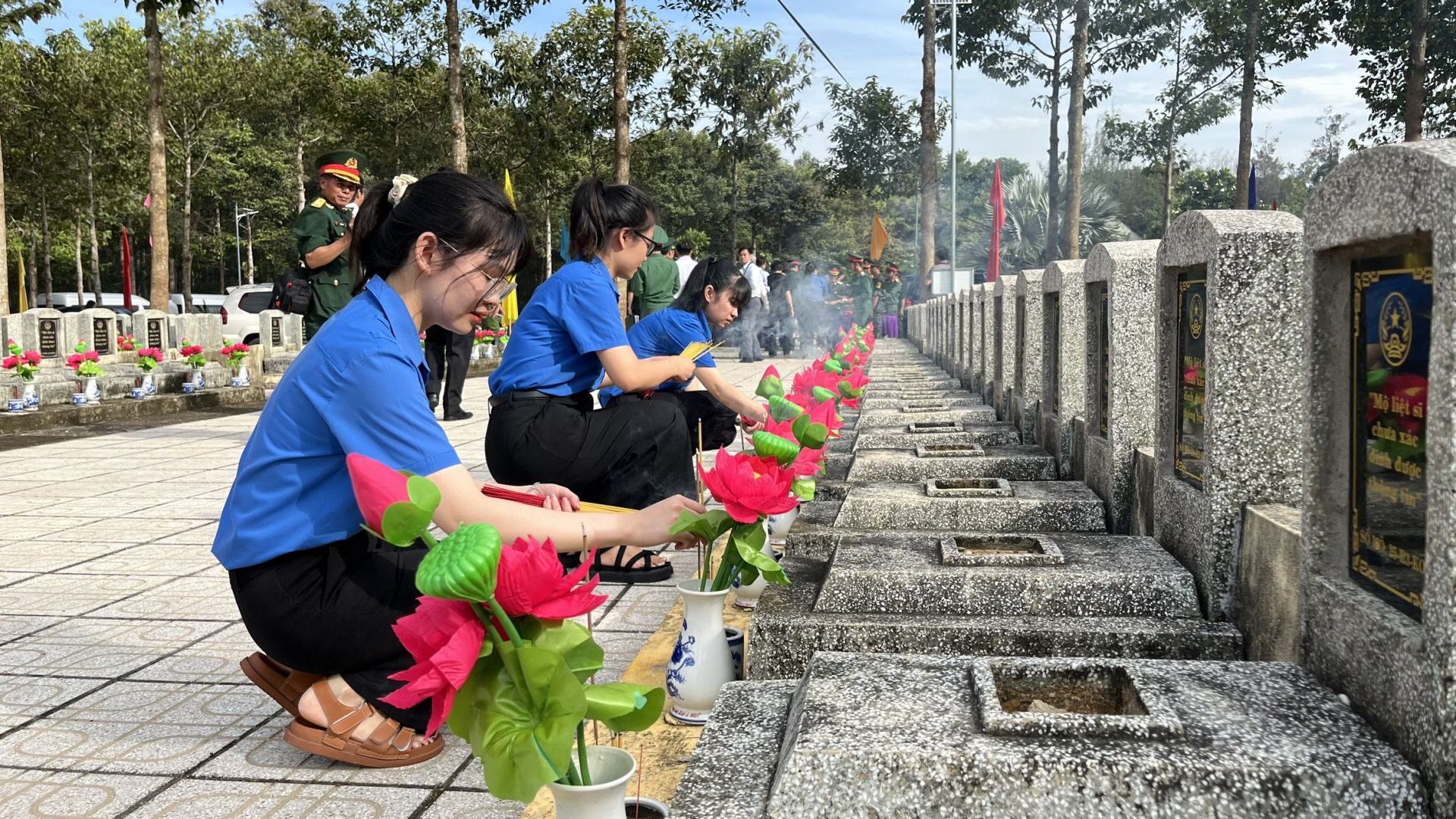
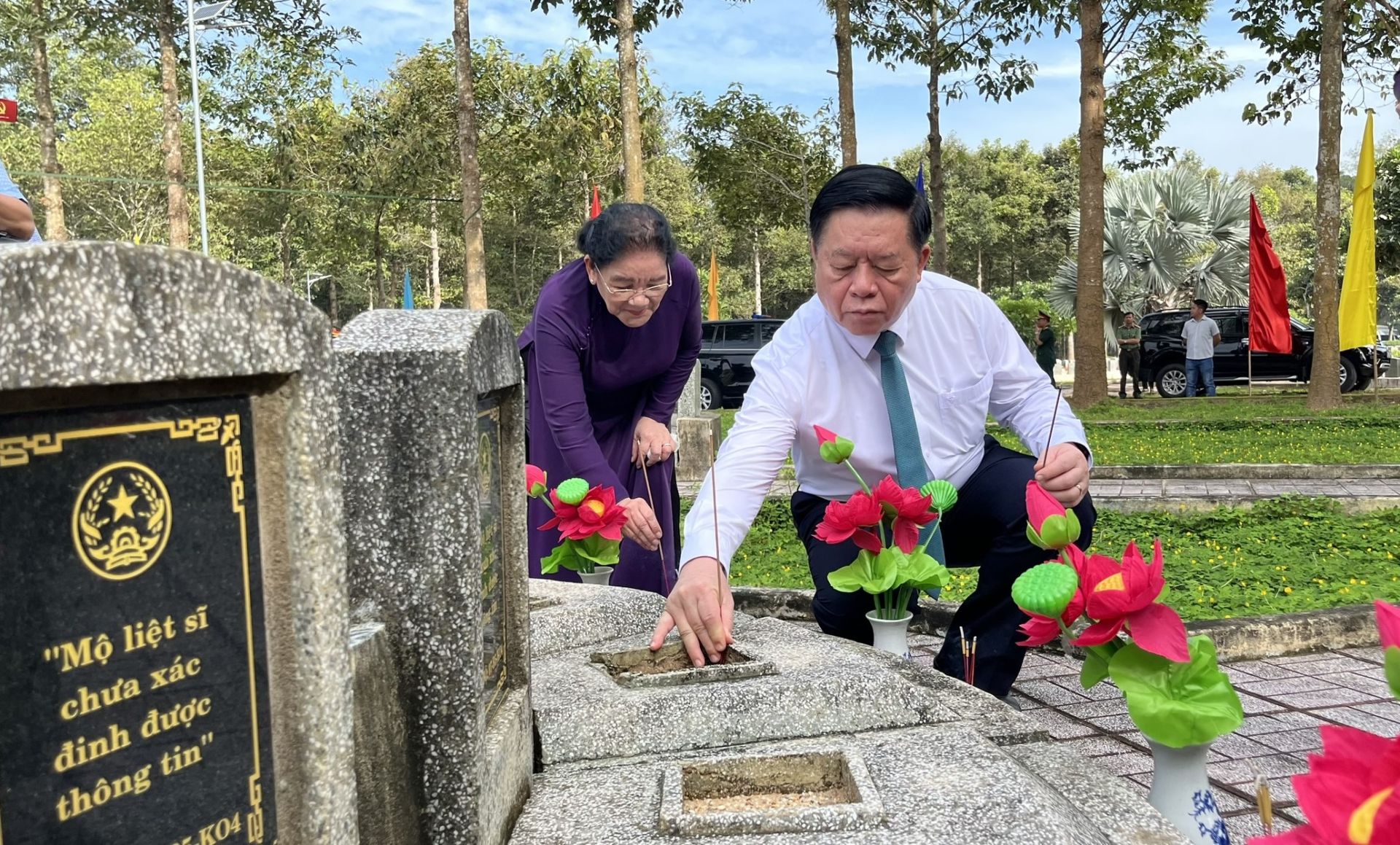
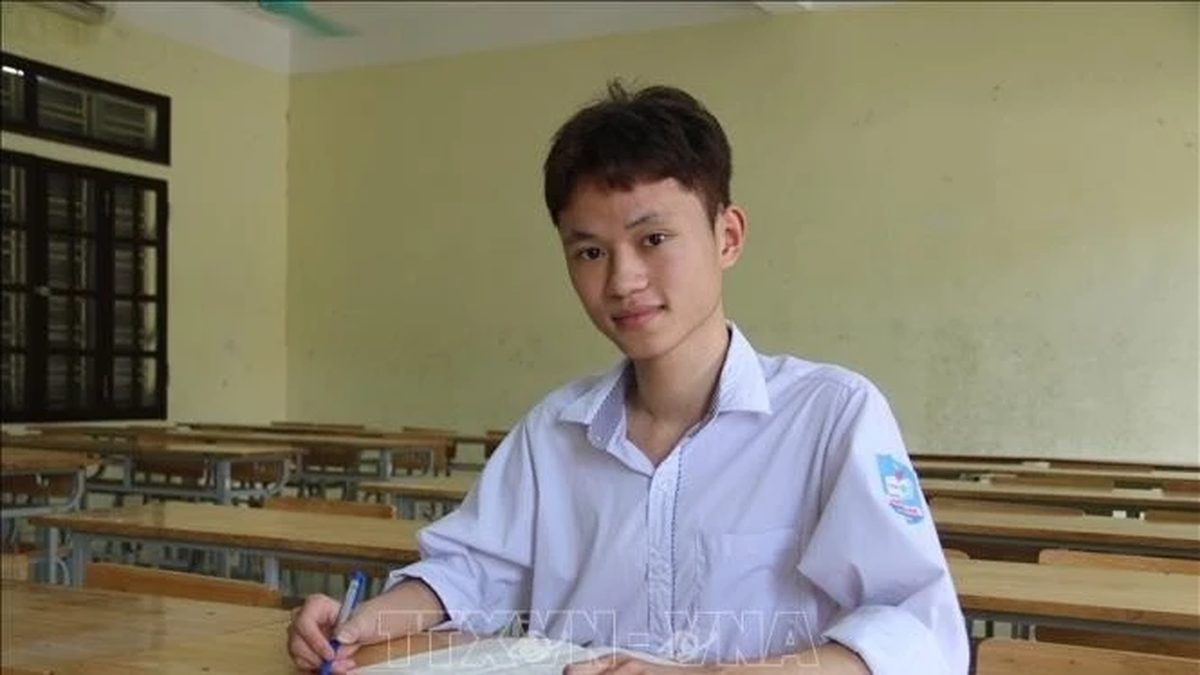
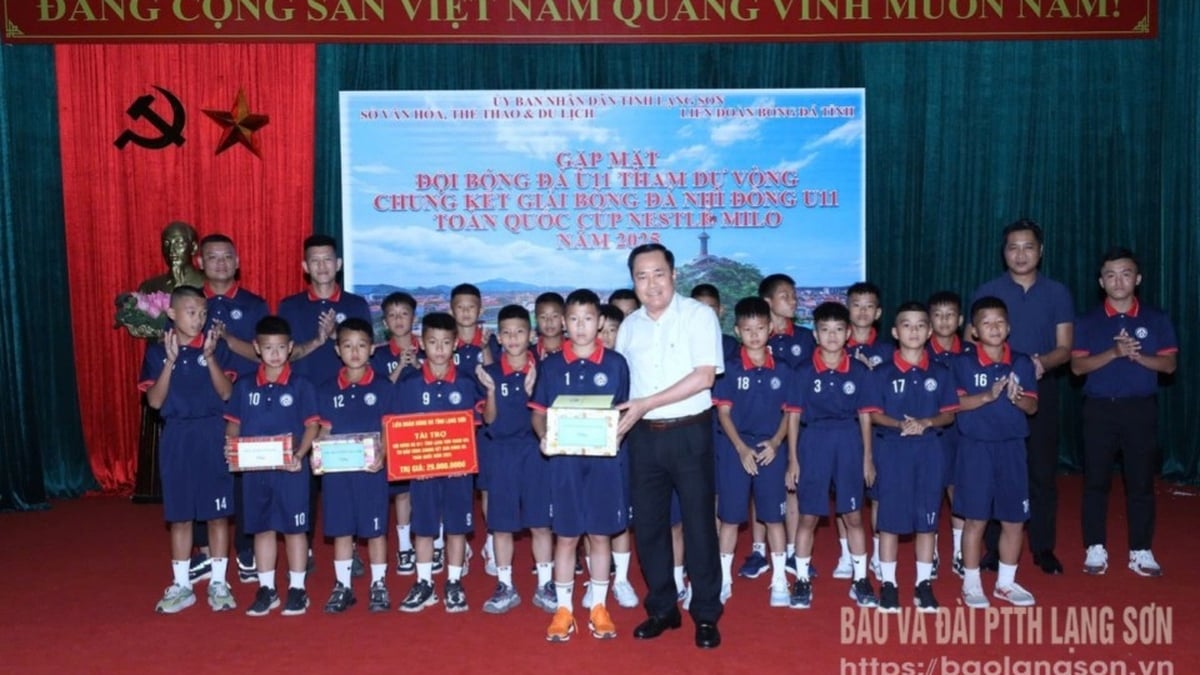
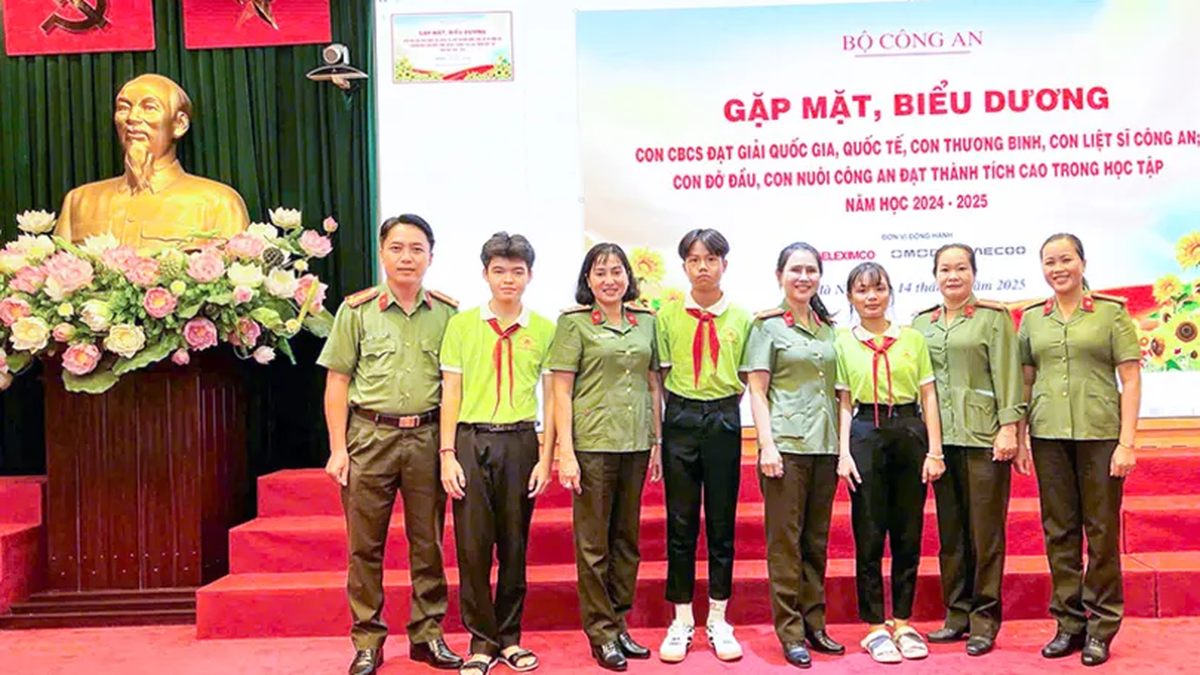
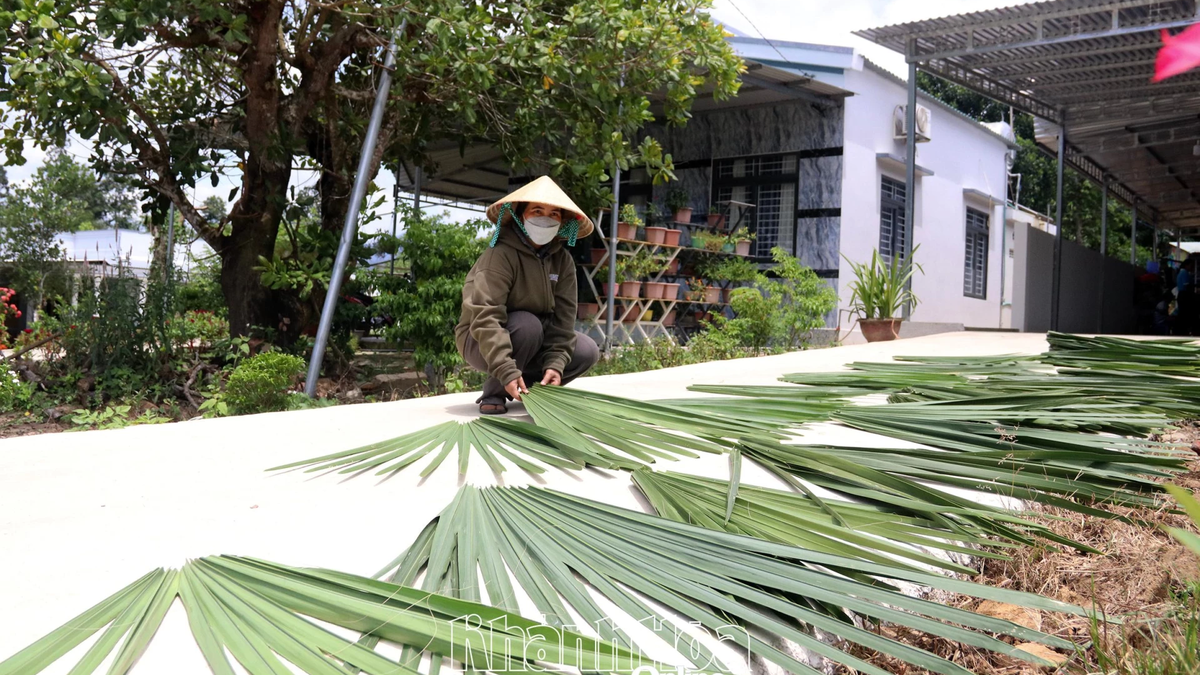
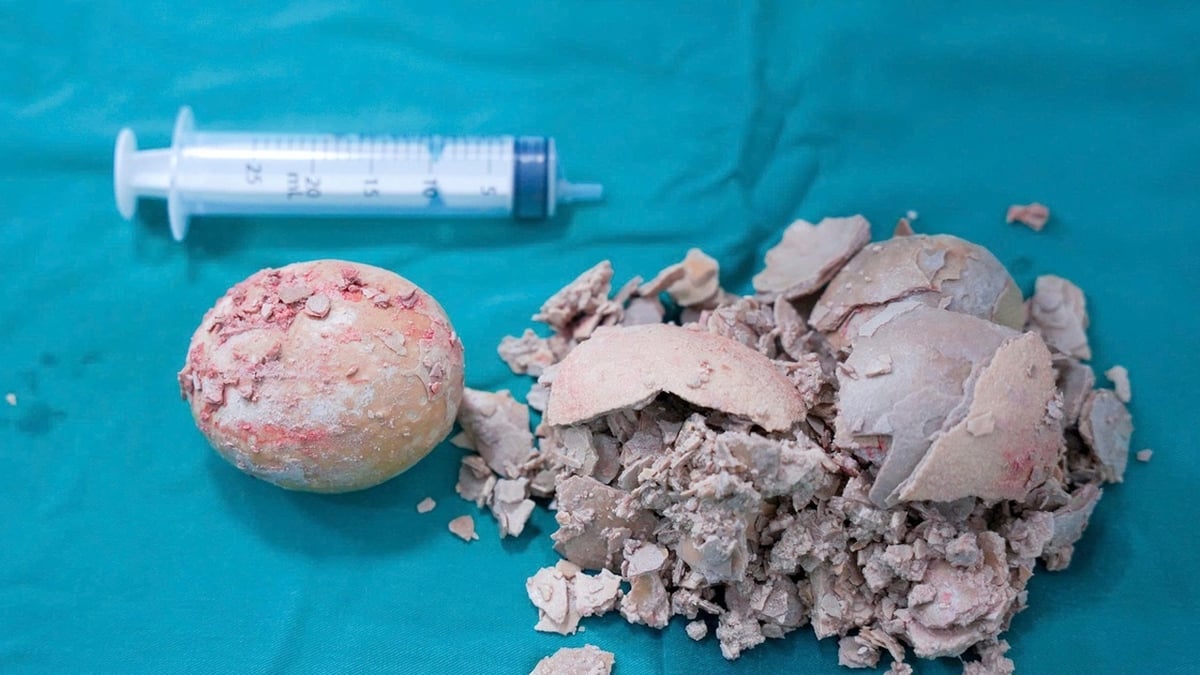
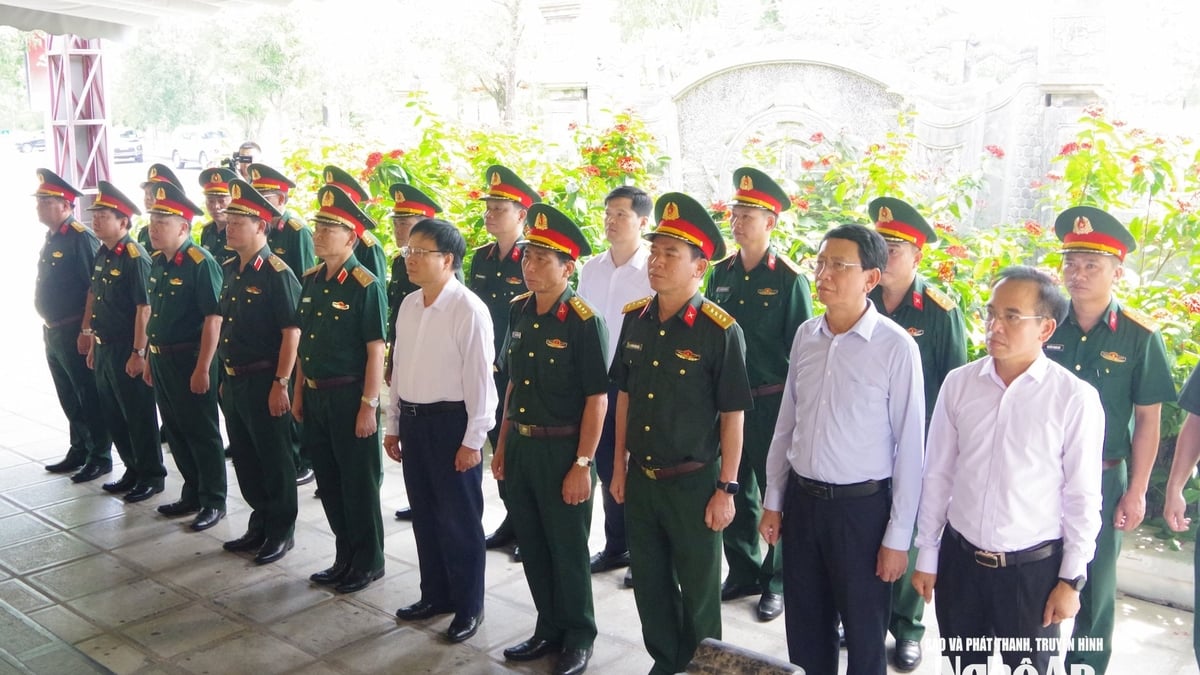
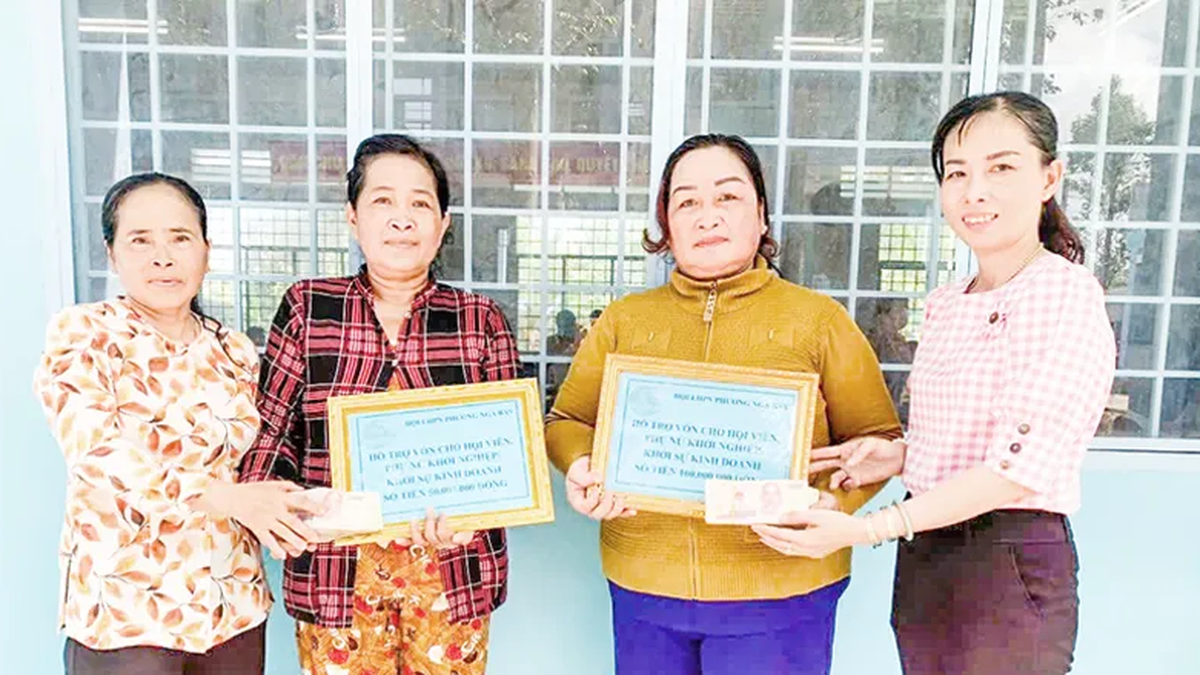
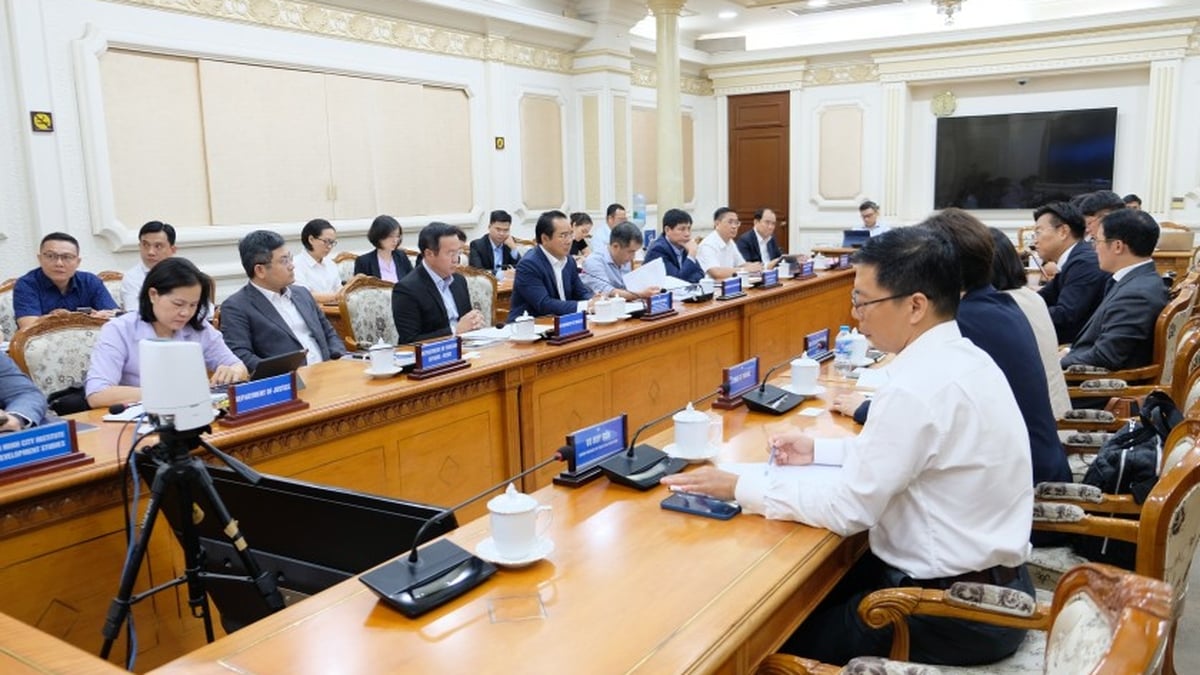

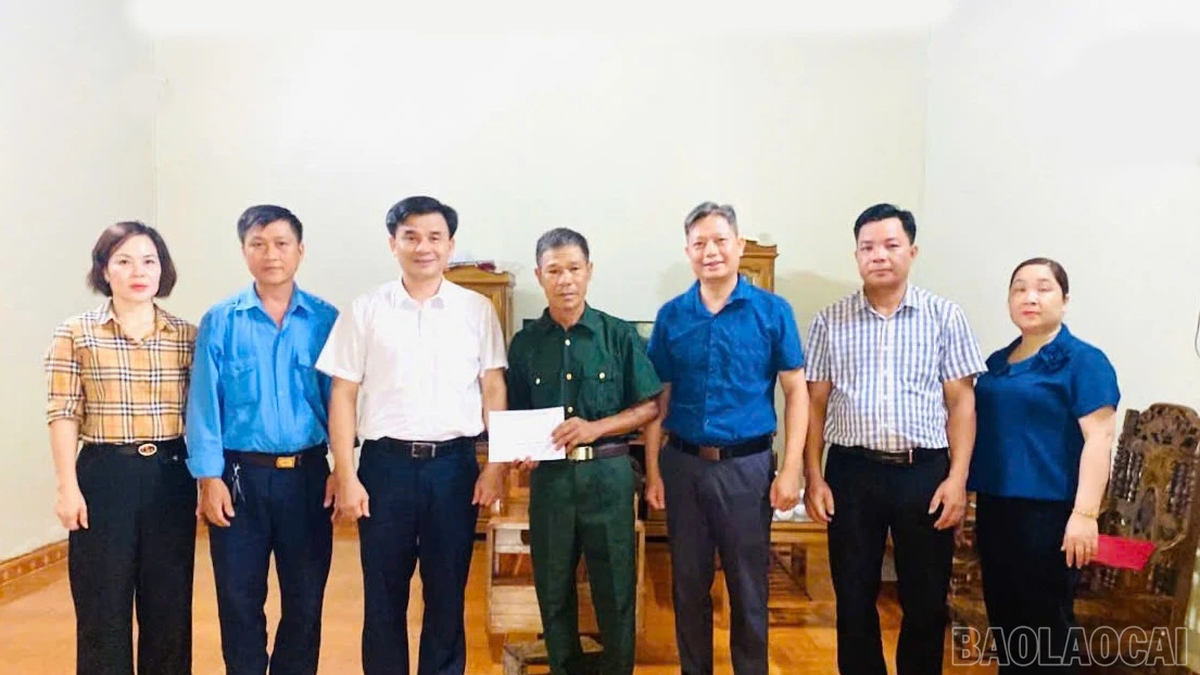








































![[Maritime News] More than 80% of global container shipping capacity is in the hands of MSC and major shipping alliances](https://vphoto.vietnam.vn/thumb/402x226/vietnam/resource/IMAGE/2025/7/16/6b4d586c984b4cbf8c5680352b9eaeb0)












































Comment (0)